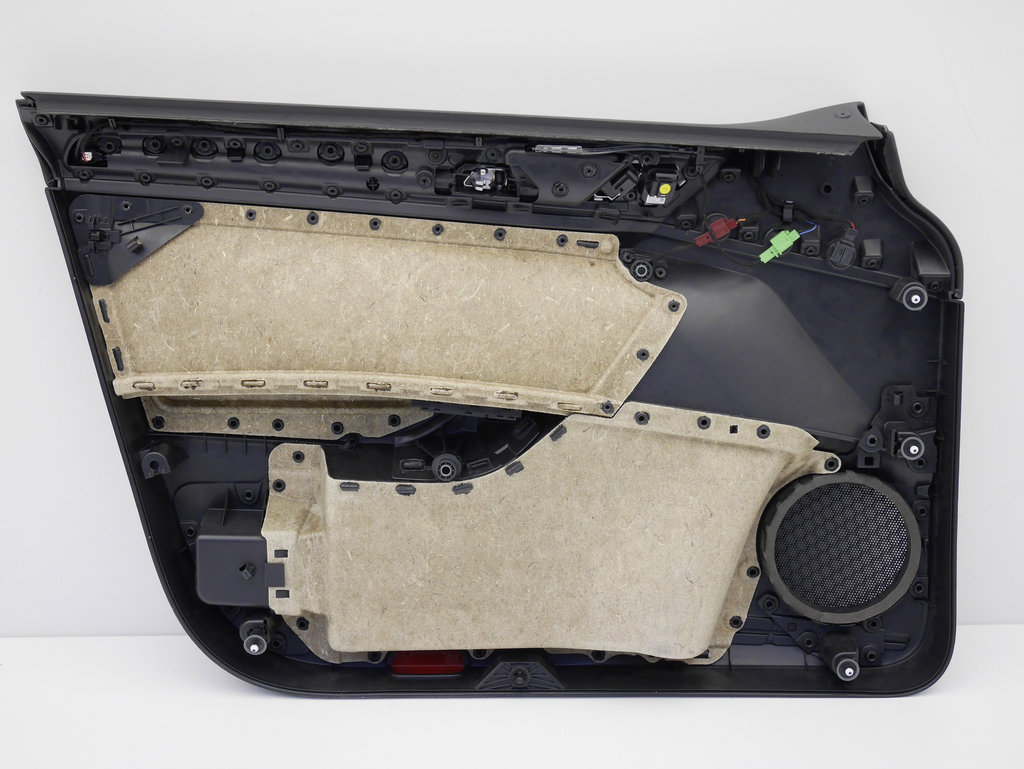The global automotive composites market is projected to grow from USD 5.4 billion in 2020 to USD 9.3 billion by 2025, at a compound annual growth rate (CAGR) of 11.5% between 2020 and 2025.
The demand for lightweight and fuel efficient vehicle as well as emerging trend of electric cars are the major factors driving the growth of automotive composites market while increasing awareness of OEMs towards strict government regulations on emission control is an opportunity for the growth of automotive composites market However, the negative impact of the COVID-19 pandemic on the automotive industry has affected the market growth adversely.
Glass fiber composites is the largest segment, based on fiber type in the automotive composites market in terms of value
Carbon fiber composites are projected to register the highest CAGR in terms of both value and volume between 2020 and 2025 while glass fiber accounts for the largest share of the overall market. Owing to its superior attributes such as strength, durability, flexibility, stability, lightweight, and resistance to heat, temperature, and moisture glass fiber is choice of material for automotive composite manufacturer. For instance, in automotive glass fiber is used if different applications such as underbody systems, front end modules, deck lids, bumper beams, engine cover instrument panels, and air ducts, among many other body parts in automotive.
Exterior is the largest application of automotive composites in terms of value and volume
The composites of a car body that are placed on the outer surface of the monocoque are termed as the exterior parts of the car body. The exterior parts include major components such as bumper beam, fender, front end module, door panels, and hood, among others. The use of composites in the automotive industry is an emerging trend as these composites help in achieving high-performance properties such as high stiffness, lightweight, and high strength to weight to ratio. The exterior parts manufactured with the use of composites impart rigidity thereby offers minimum risk against damage in the event of accident.
Composites also help reduce the weight of the exterior parts hence enabling weight reduction of the complete car body and make it more fuel efficient. The exterior parts are located on the outer surface of the car body and are more prone to wear and tear owing to exposure to harsh elements and extreme weathers. The use of composites in the exterior parts such as fenders, hoods, bumper beam, deck lid, and others added to durability of cars ensuring long lifecycle and lowering maintenance cost.
Non-electric is the largest vehicle type of automotive composites in terms of both value and volume
Number of OEMs including BMW (Germany), Audi (Germany), Renault (France), Porsche (Germany), Volkswagen (Germany), Fiat Chrysler (U.K.), among others uses composites in their high-end non-electric vehicles. For instance, Porsche manufactured a CFRP assembly carrier for Porsche GT3 Cup II model while BMW and Fiat Chrysler uses carbon fiber composites and glass reinforced polypropylene (PP) composites in the lightweight dashboard carrier and entire chassis of their Alfa Romeo 4C model sports car and in the respectively.
German car manufacturer has developed the Rodeo concept, an all-wheel-drive carbon fiber safari vehicle based on the classic Porsche 911 safari rally car. These initiatives taken by OEMs across the globe has been driving the use of automotive composites in non-electric vehicles.
Europe is the leading automotive composites market in terms of both value and volume
The growth of the automotive composites market in Europe is driven by the presence of established car manufacturers, industrial expansion, and industry 4.0 technology introduced in automotive industry of the region. Europe’s automotive industry is one of the major industries operating in the region and is comparatively higher than any other region. The European Union is amongst the world’s biggest producers of motor vehicles and the sector represents the largest private investor in research & development with approximately investing Euro 57.4 billion annually. The turnover generated of European Union’s auto industry represents 7% of overall GDP.

